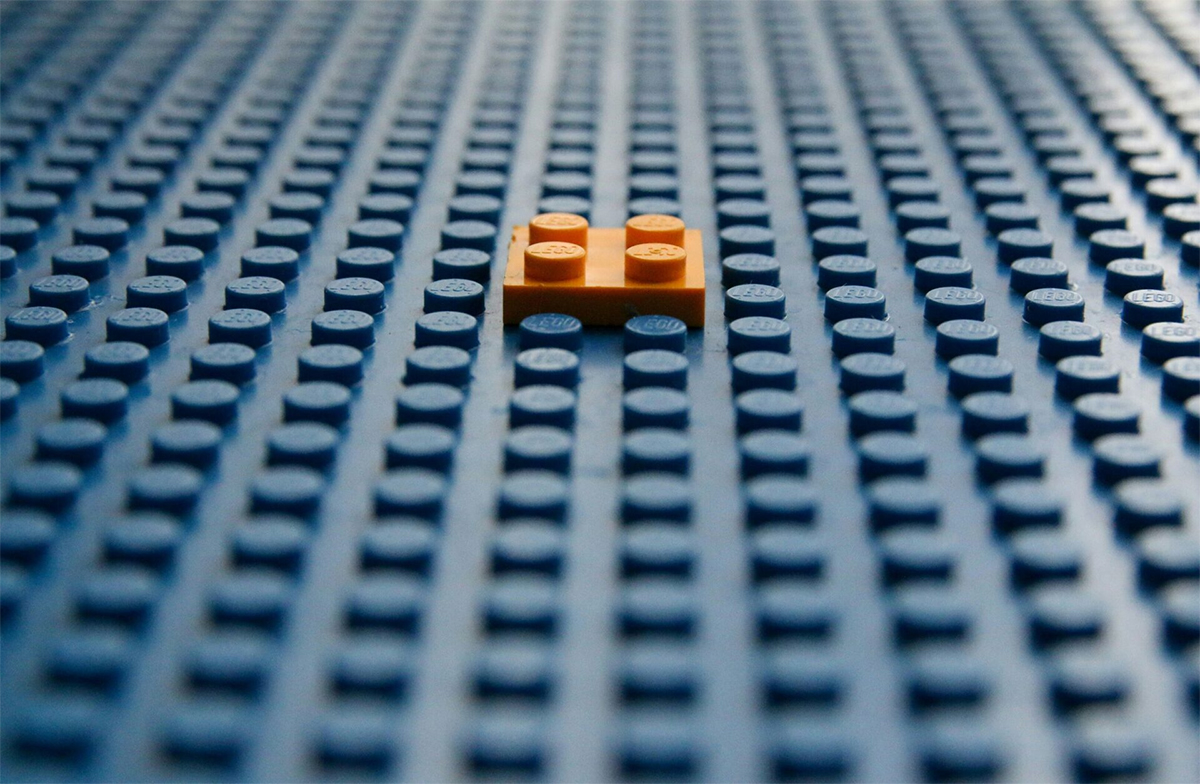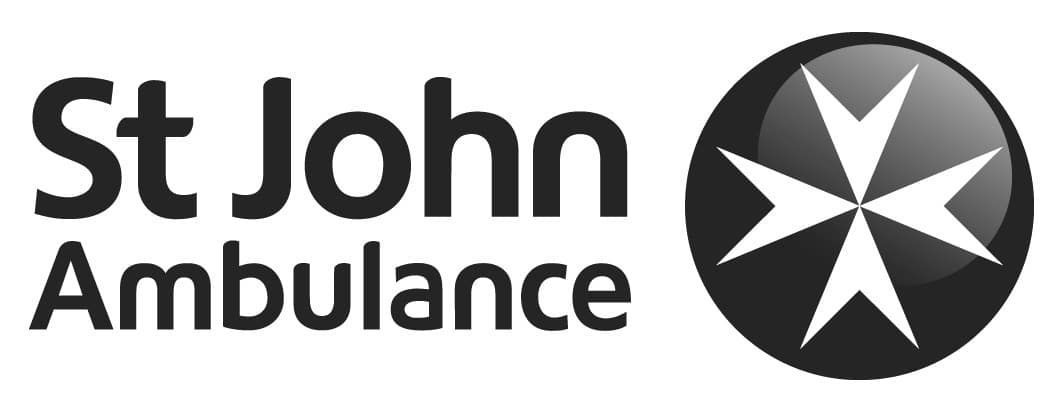What are the challenges of Organisational Design?
When it comes to envisioning where you want your company to go and planning how to get there, it can be difficult to strike the right balance across your organisation.
Differentiation vs Integration
During the organisational design process, you may find it tricky to navigate the tension between differentiation and integration.
For your organisational design to be successful, differentiation (the process by which resources are allocated to tasks and people are divided into departments and hierarchies across an organisation) has to work hand in hand with integration (the process of coordinating tasks, functions and divisions so that they work together rather than in isolation) to ensure that every member of your team is contributing to a united list of objectives. Achieving the right balance here is key to narrowing the gap between where your organisation sits currently and where you want it to sit in the future.
Centralisation vs Decentralisation
Balancing centralisation and decentralisation is also essential to the success of your organisational design. Centralisation, an organisational set up where authority to make decisions lies with the managers at the top of the hierarchy, is useful for several reasons including company evaluation, process and system standardisation and activity coordination, but can also be detrimental to individual initiative, team morale and customer experience.
This is where decentralisation comes in: by diverting some of that authority to managers at all levels rather than focusing it all at the very top of your company hierarchy, you can increase the opportunity for innovation, generate greater insights into your company and help streamline decision making.
Leadership problems and conflicting priorities
It is possible stakeholders within your organisation’s hierarchy may be resistant to the implementation of decentralisation, which can make it difficult to put a new organisational design in place. Authority figures could also have differing opinions on what the organisation’s priorities should be, which can derail the organisational design process.
The best way to combat internal problems such as these is to prioritise good communication and feedback between every member of your organisation, from the stakeholders to the individual team members. When it comes to changing the way you do your business, keeping each employee in the loop can help to maintain personal investment as well as improve motivation and morale.
Emotions may run high
Sometimes people shy away from restructures because of the negative connotations. We can help quell that anxiety. There are three core motivations for design, only one is for cost saving purposes and is likely to result in redundancies but for the most part, OD is about ensuring organisations reach their full potential.













